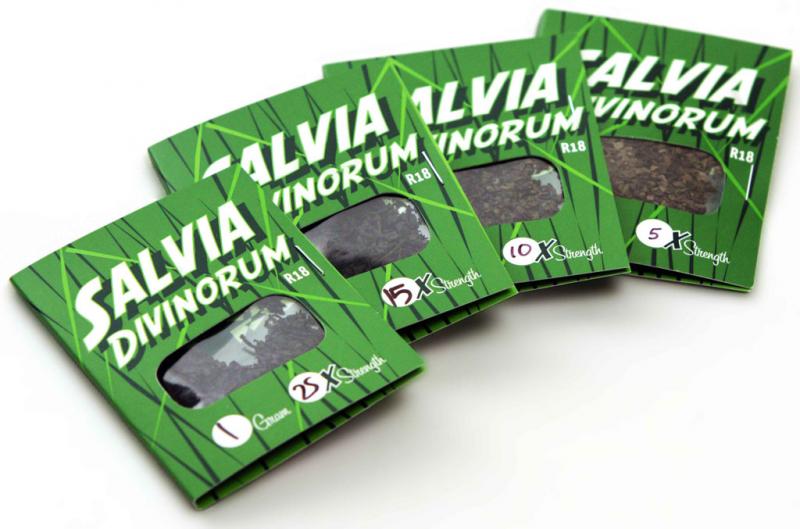How to Make a Salvia Divinorum Extract

Salvia divinorum is a psychoactive plant, which produces hallucinatory experiences. The plant is native to Sierra Mazateca of Oaxaca, Mexico. Making salvia divinorum extract at home can take several days which makes it a moderately difficult task. Furthermore, you have to avoid addition of impurities to the extract at all costs because impure salvia divinorum extract can have adverse effects.
Things Required:
– Salvia Divinorum Leaf: 100g
– Naphtha: 300ml
– Propane Based Solvent: 2L
– Large Saucepan
– Pyrex Tray
– Tall, Narrow Glass Container
– Pipette
– Coffee Grinder
– Fuming Cupboard
Instructions
-
1
Powder the Salvia Divinorum Leaf:
Buy 100g of salvia divinorum leaves over the internet. From the stash, separate 10g of leaves which look better than the others and set them aside for later use. Place the other 90g leaves in a coffee grinder and turn on the grinder at the highest speed setting. You may have to wait for a few minutes for the leaves to turn to powder. Turn off the grinder after every 1 minute in order to allow time for the grinder motor to cool down. Once all the leaves have been turned to powdered form, place the grinder in a fuming cupboard and remove the lid. Let the grinder rest in the cupboard for a few minutes. This will prevent the powdered leaves from spreading all over the place. -
2
Extract the Salvinorin-A:
Empty the contents of the coffee grinder into a large saucepan. Then add propane based solvent into the saucepan. Quantity of the solvent that you pour into the saucepan should be enough to cover the powdered leaves completely. Slowly stir the mixture for about 5 minutes and then set aside the saucepan for at least 8 hours. During this time, salvinorin would dissolve in the solvent. Carefully pour off the liquid into a Pyrex tray, ensuring at the same time that none of solid residue comes with the liquid. Place the extracted salvinorin-a in a dark room and wait at least 16 hours. During this time, any sediments, such as tannins, will eventually separate from salvinorin-a solution. If you see such a residue at the bottom of the Pyrex tray, carefully pour off the liquid as before into the original saucepan. -
3
Evaporate the Solvent:
Place the extracted salvinorin-a solution in a properly ventilated room. Make sure there is no light in the room. Wait for as long as you have to until the solvent evaporates naturally. If you want to speed up things, consider blowing air across the solvent with a fan. Make sure that the fan does not produce a spark because salvinorin-a solution is highly flammable. Even a very tiny spark can result into an explosion. After all the solvent has evaporated, a load of black gunk will remain in the container. -
4
Purification:
Allow the black gunk to dry completely and then scrape it out into a tall, narrow container. Pour about 50ml of naphtha into the large container. All the waxes will be dissolved by naphtha and only pure salvinorin-a will be left behind. Allow the container to sit for about 30 minutes and then pipette off 33ml naphtha. Repeat the step for as many times as you have to until salvinorin-a gets the colour of your choice. After you have washed salvinorin-a with naphtha for the final time, allow enough time for the remaining naphtha to evaporate. -
5
Fortification:
Place salvinorin-a from the previous step into a saucepan and pour water into the saucepan in the same quantity as that of the solvent which you used in the first step. Stir the mixtures for a few minutes and then add 10g of leaves which you set aside earlier. Pour remaining contents in the saucepan over the leaves. Evaporate the solvent as you did earlier to complete the task.





